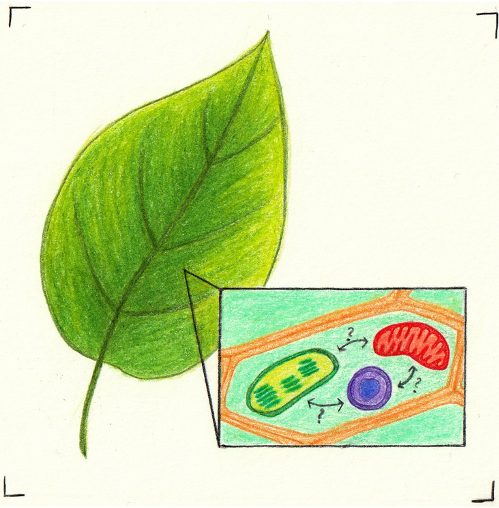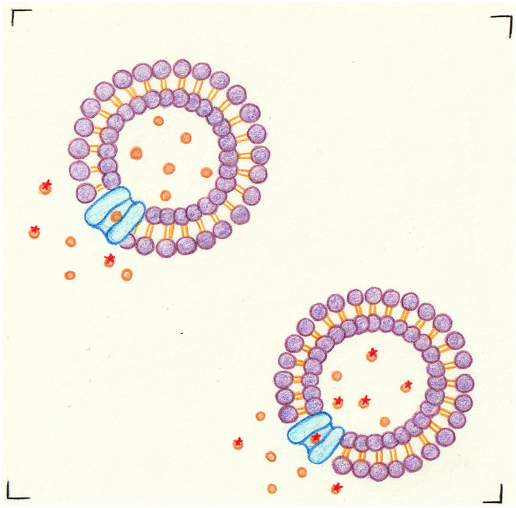Membrane proteins – necessary gatekeeper
Plant development is a complex metabolic process that can be narrowed down from an organism perspective to subcellular compartments. Each plant cell contains different compartments or organelles. These are spaces that are separated by a membrane so that metabolic pathways can occur independently. However, many metabolic pathways are interconnected and require close interplay between organelles. A variety of substrates, intermediates and cofactors must be exchanged across the membrane. Yet, the membrane of each individual compartment is not permeable for most of those molecules to avoid uncontrolled exchange. Thus, there must be a factor to control the exchange of molecules. For that reason, every membrane has specialized proteins, also known as transporters, that are able to facilitate the transport of different molecules and thus guarantee and control the exchange. An example, for a pathway that requires interactions between different organelles, is photorespiration. Photorespiration is an essential process of all photosynthetic organisms, depending on the ability of the enzyme RuBisCO to accept not only CO2 (favorable reaction) but also O2 as a substrate. The latter reaction leads to the formation of a toxic compound that must be detoxified through several reactions. This reaction occurs continuously in multiple organelles across several membranes. In total many intermediates need to be transported across multiple membranes. To date, most of the required transport proteins are unknown.
Our aim is to identify and characterize intracellular transport. Under experimental conditions, we incorporate our transport protein into an artificial membrane, a lipid vesicle or liposome. In case of a transporter which transports two molecules in opposite directions, a chemical concentration gradient of the transport substrate is established across the liposomal membrane by introducing a higher substrate concentration inside the lipid vesicles. By adding a small amount of the radioactive labeled substrate outside the liposomes, the transport process is started: the transporter exchanges the two substrates in opposite directions. With this approach, we can not only test many differeent substrates but also determine the properties such as velocity of different transport proteins.
The characterization of transport proteins is important to fully understand cellular metabolism. This can be essential starting point for optimizing plant performance. Moreover, transport proteins can serve as drug targets in applied and synthetic biology to improve nutrient content in seeds or to mediate resistance against a variety stress factors.
Illustrations by Karolina Vogel
Planter's Punch
Under the heading Planter’s Punch we present each month one special aspect of the CEPLAS research programme. All contributions are prepared by our young researchers.
About the author

Anastasija Plett is a PhD student in the group of Andreas Weber at the institute of Plant Biochemistry (HHU). Her research focuses on the characterization of organellar transport and channel proteins. Moreover, she is fascinated by the intracellular communication between different organelles.
Further reading
Kuhnert F, Schlüter U, Linka N, Eisenhut M. Transport Proteins Enabling Plant Photorespiratory Metabolism. Plants (Basel). 2021 Apr 27;10(5):880. doi: 10.3390/plants10050880.
Linka N, Weber AP. Intracellular metabolite transporters in plants. Mol Plant. 2010 Jan;3(1):21-53. doi: 10.1093/mp/ssp108.

